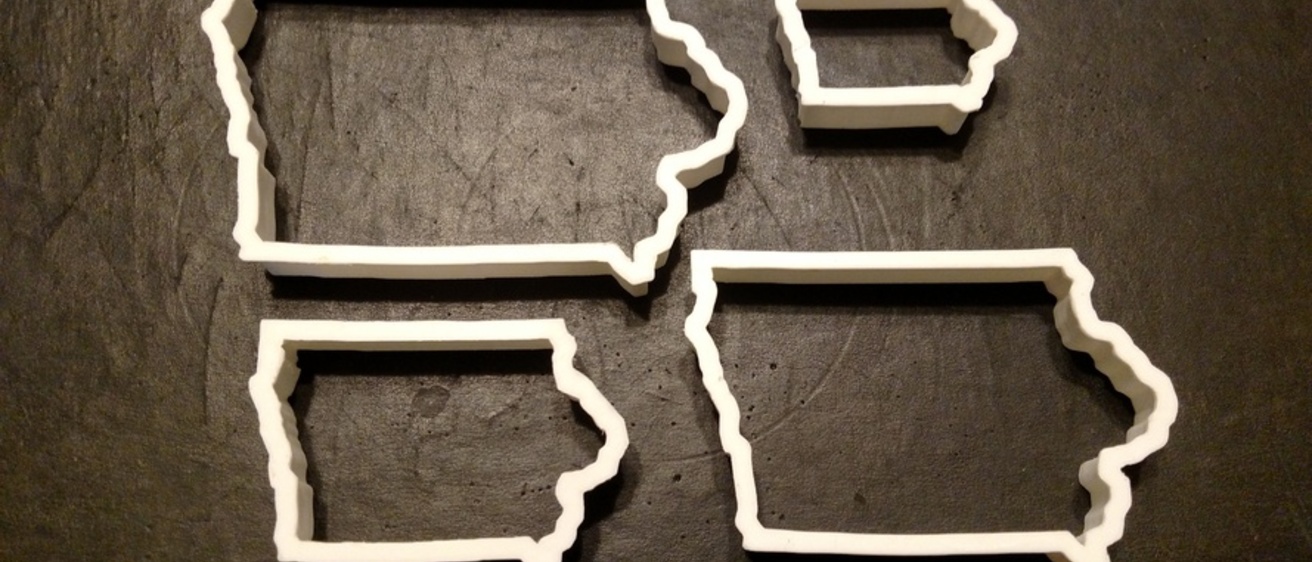How to Make Sure Your Plan Doesn’t Sit on a Shelf
Prepared by

Each year communities and groups across Iowa collectively develop thousands of plans: project plans, community plans, hazard mitigation plans, source water protection plans, transportation enhancement plans, trail plans, historic preservation plans, and others. Some plans are mandatory, required by state and federal government for communities, counties or other entities who want to qualify for state and/or federal funding; other plans are developed by groups of people who are interested in building consensus around an issue or project. Unfortunately, many plans are developed by a group of well-meaning community leaders and/or members, put on a shelf, and never implemented. They become useless as soon as they are printed.
Although there is no guarantee that any plan will be perfect, if you serve on a committee or group that is developing a plan, there are strategies you can employ that will make it more likely the plan is implemented. Your goal of course is to develop a plan that is eventually filled with highlights, tabs, check marks, dog-ears and annotations. When thoughtfully and creatively developed, the best plans only become obsolete because everything in them has been accomplished.
The best planning starts before the planning team even meets, when the planning team is selected. Once your team is ready to go, you will want to consider what will happened throughout the entire planning process but also during development of specific plan components. You will even want to consider the layout, design and look of the final plan. This short guide will give you a few planning strategies that will may seem simple but, when implemented, they have the power to change your plan from a cookie cutter document that sits on a shelf to an action orientated guide for the future.
